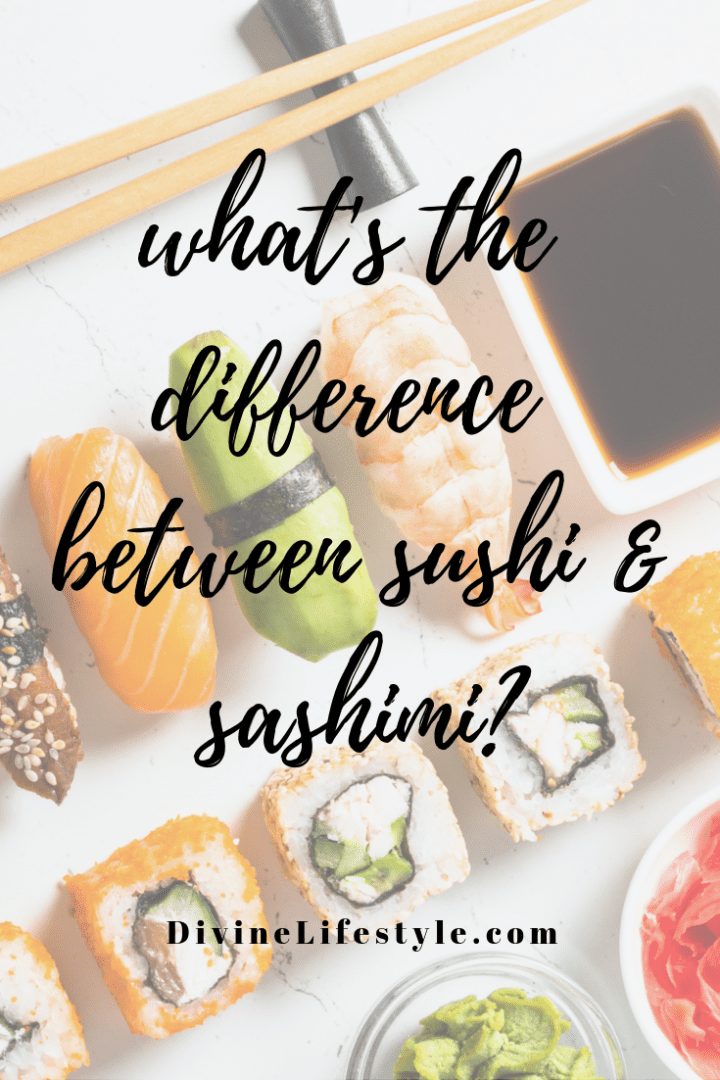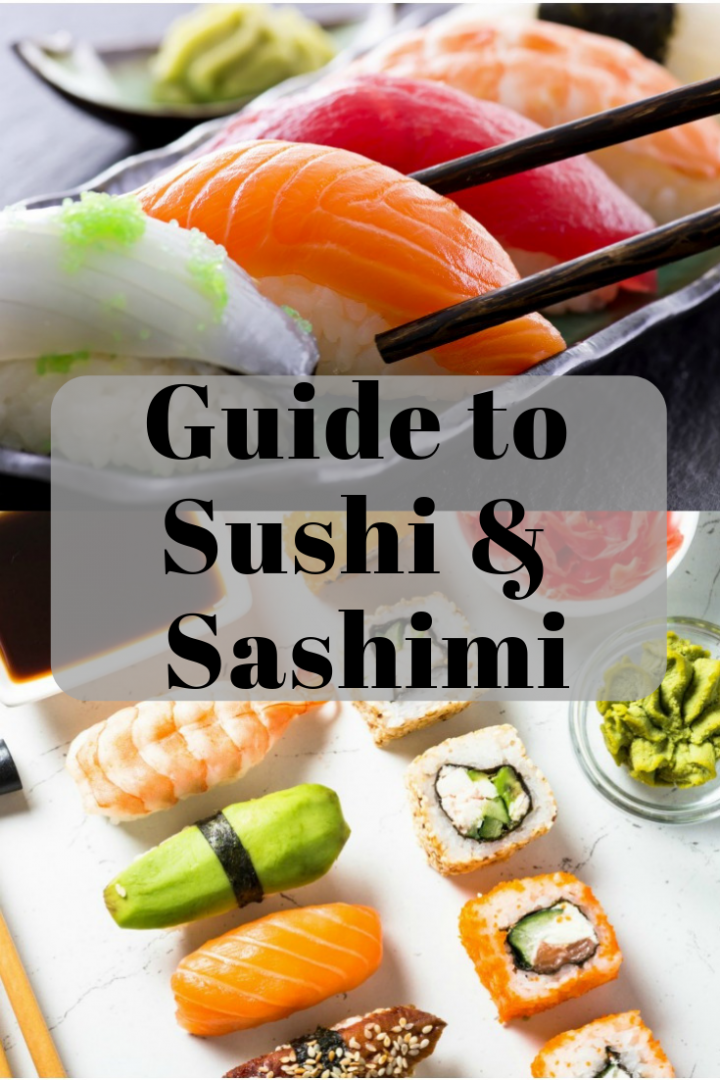Difference Between Sushi and Sashimi
Difference Between Sushi and Sashimi
Traditionally sushi was the result of fermentation of a mixture of fish and rice; the rice was thrown away and the fish consumed. Vinegar was one of the byproducts of fermentation and the dish, at best, would have been rather shocking to modern sensibilities. We hope that this guide to sushi and sashimi makes eating this amazing food even better. We hope that this Difference Between Sushi and Sashimi post inspires you.


Difference Between Sushi and Sashimi
Sashimi
Sashimi, on the other hand, has always been considered the highest expression of the essence of Japanese cuisine and the showpiece of the skill and artistry of the chef. At a formal dinner, it is always served very early in the meal before diners have dulled their sensibilities and appetites with more mundane, cooked foods. Sashimi is usually presented on the most beautiful plates in slices no more than ½ to¼ -inch thick.
The sashimi must be from impeccably fresh fish or seafood like salmon, tuna, eel, squid, or a rare and unusual find from the sea. Roe and sea urchins are also favored. The most talented chefs allow the gossamer slices to rest among crisp, spicy garnishes or herbs and citrus that add interest and contrast to the arrangement. There is always a grating of pale green wasabi and a bit of pale yellow ginger root among the chosen garnishes and flavors.
Spicy Tuna Roll Sushi Salad
Follow just a few guidelines to accomplish a deliciously beautiful sashimi at home:
- Use shallow individual salad-sized plates
- One serving of sashimi is usually 5 or 6 slices no more than ½-inch thick.
- Arrange slices on finely shredded daikon radish, cucumber, or lettuce and garnish with a curl of carrot or the most beautiful edible blossom you can find.
- Place a bit of wasabi horseradish on the plate.
- Serve a dipping sauce in a separate individual bowl. Most typical and delicious is a soy sauce enhanced with bonito flakes.

Sushi
The mouth-wateringly appetizing rolls and fanciful shapes of sushi as we know it arrived upon the scene in the 19th century. It is not fermented, but quickly prepared, and has always been considered a sort of “fast food”, or at least finger food consisting of not more than one or two bites. Thin slices of sashimi often accompany or garnish the morsels.
Pan Fried Rice Cake Recipe
Special short-grained Japanese rice or Sushi, which is the sushi, is dressed with rice vinegar, sugar, salt, and often Kombu sea vegetables and sake. Toasted nori sheets bring flavor and often contain rice and fillings in their artistic presentations. Pickles like daikon radish and Ume, fermented soybeans, avocado, cucumber, plus tofu and eggs also add flavor, especially in the Western variations of California rolls. Sushi is accompanied by plenty of condiments. Soy sauce is at hand and sweet pickled ginger cleanses the palate between courses and aids digestion. Green tea is the most complimentary beverage to accompany sushi. Sake is favored for both sushi and sashimi.
We hope that you are inspired by this Difference Between Sushi and Sashimi post. Bon Appetit!


You May Also Like









